Search
Did you mean: Arrian?
Remove Ads
Advertisement
Summary 
Loading AI-generated summary based on World History Encyclopedia articles ...
Search Results

Definition
The Mórrigan
The Mórrigan (also Morrighan, Môr-Riogain or Morrigu), usually referred to with the definite article, was a great warrior-queen goddess in Irish-Celtic mythology. She was most associated with inciting war, then stirring up the fury and frenzy...
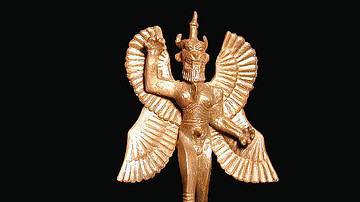
Article
Twelve Menacing & Protective Mythological Figures
The term mythology comes from the Greek words mythos (“story of the people”) and logos (“word”) and so is defined as the spoken (later written) story of a culture. Modern scholars have divided myths into different types which serve many different...
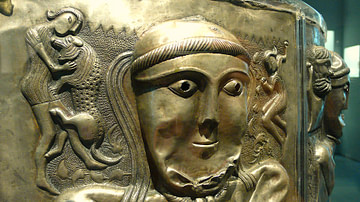
Article
The Ancient Celtic Pantheon
The ancient Celtic pantheon consisted of over 400 gods and goddesses who represented everything from rivers to warfare. With perhaps the exception of Lugh, the Celtic gods were not universally worshipped across Iron Age Europe but were very...
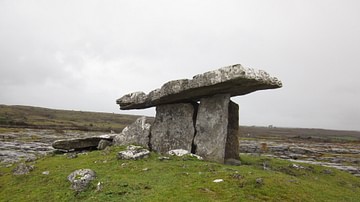
Definition
Poulnabrone
Poulnabrone is a portal tomb in the region known as the Burren, County Clare, Ireland and the oldest dated megalithic monument in the land. The name means "Hole of the Quern Stones", but the site is also commonly referred to as "Hole of the...
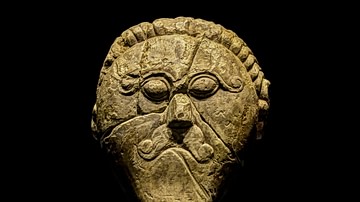
Definition
Ancient Celtic Sculpture
The sculpture of the ancient Celts between 700 BCE and 400 CE is nothing if not varied as artists across Europe developed their own ideas and borrowed what interested them from neighbouring cultures. Early Celtic stone and wood sculptures...

Definition
The Dagda
The Dagda (also Daghda, Daghdha, Dagdae, or Dagda Mór), usually written with the definite article, is one of the most important gods in Irish-Celtic mythology. He appears as a multi-talented warrior-leader of the Tuatha Dé Dannan, invaders...
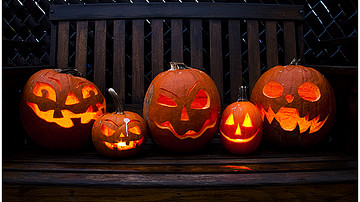
Article
History of Halloween
Halloween is among the oldest traditions in the world as it touches on an essential element of the human condition: the relationship between the living and the dead. The observance evolved from ancient rituals marking the transition from...

Definition
Ancient Celtic Religion
The polytheistic religion of the ancient Celts in Iron Age Europe remains obscure for lack of written records, but archaeology and accounts by classical authors help us to piece together a number of the key gods, sacred sites, and cult practices...
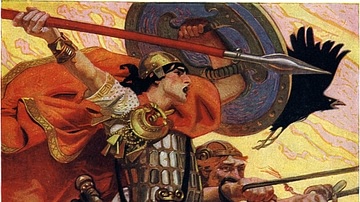
Definition
Cú Chulainn
Cú Chulainn (pron. Koo-kul-in), also Cúchulainn, is one of the greatest heroes of Irish-Celtic mythology, particularly the Ulster Cycle. The son of another cultural hero-figure, Lugh, Cú Chulainn is a mighty warrior whose weapon is Gáe Bolga...

Definition
Cernunnos - The Ancient Celtic Nature God
Cernunnos was an ancient Celtic god who represented nature, flora and fauna, and fertility. He is frequently depicted in Celtic art wearing stag antlers or horns and usually a torc around his neck. Few details are known about him but celebrated...